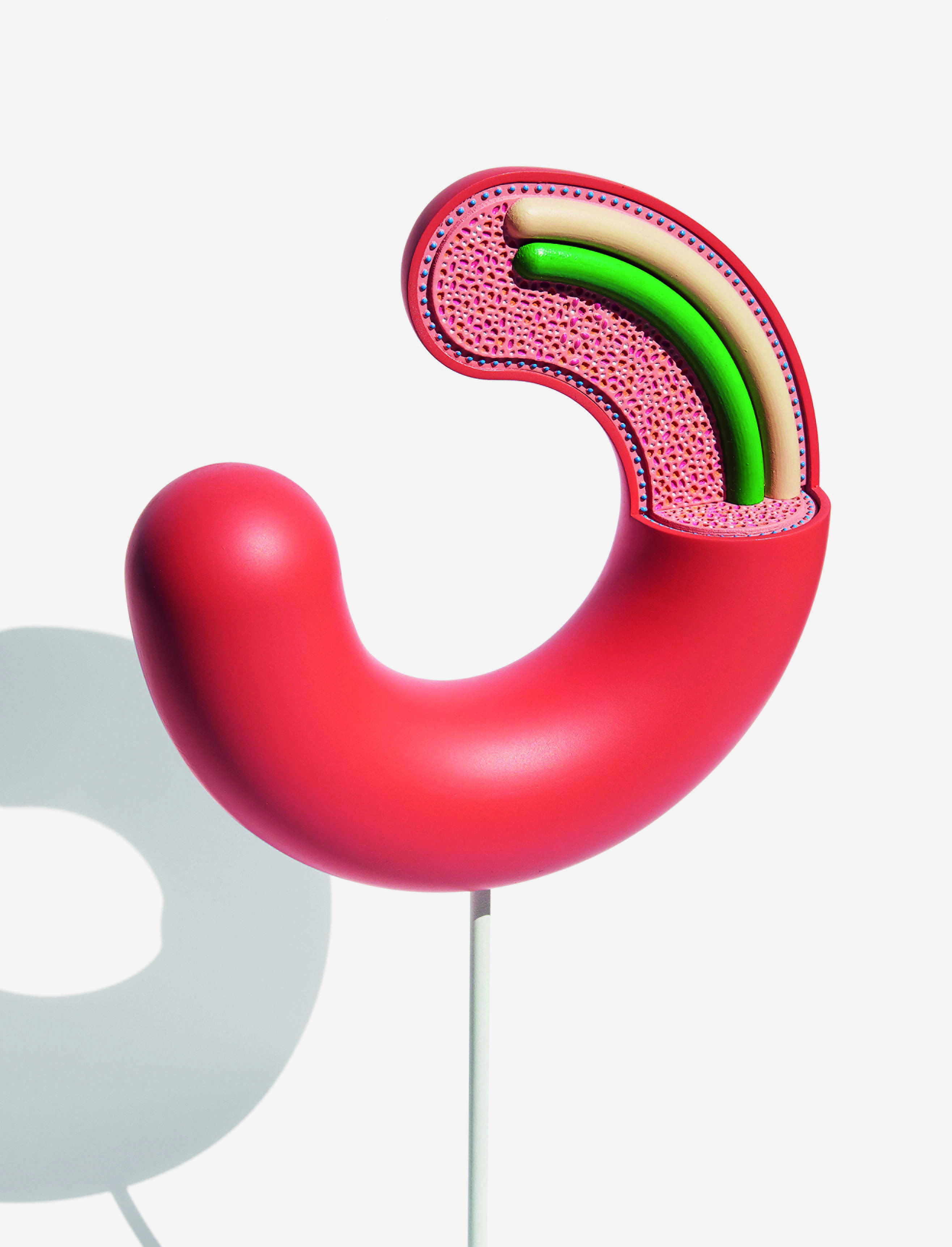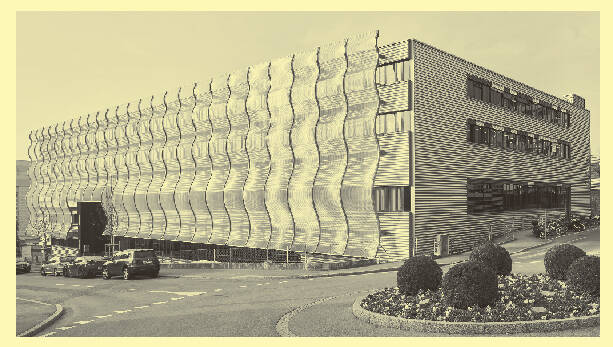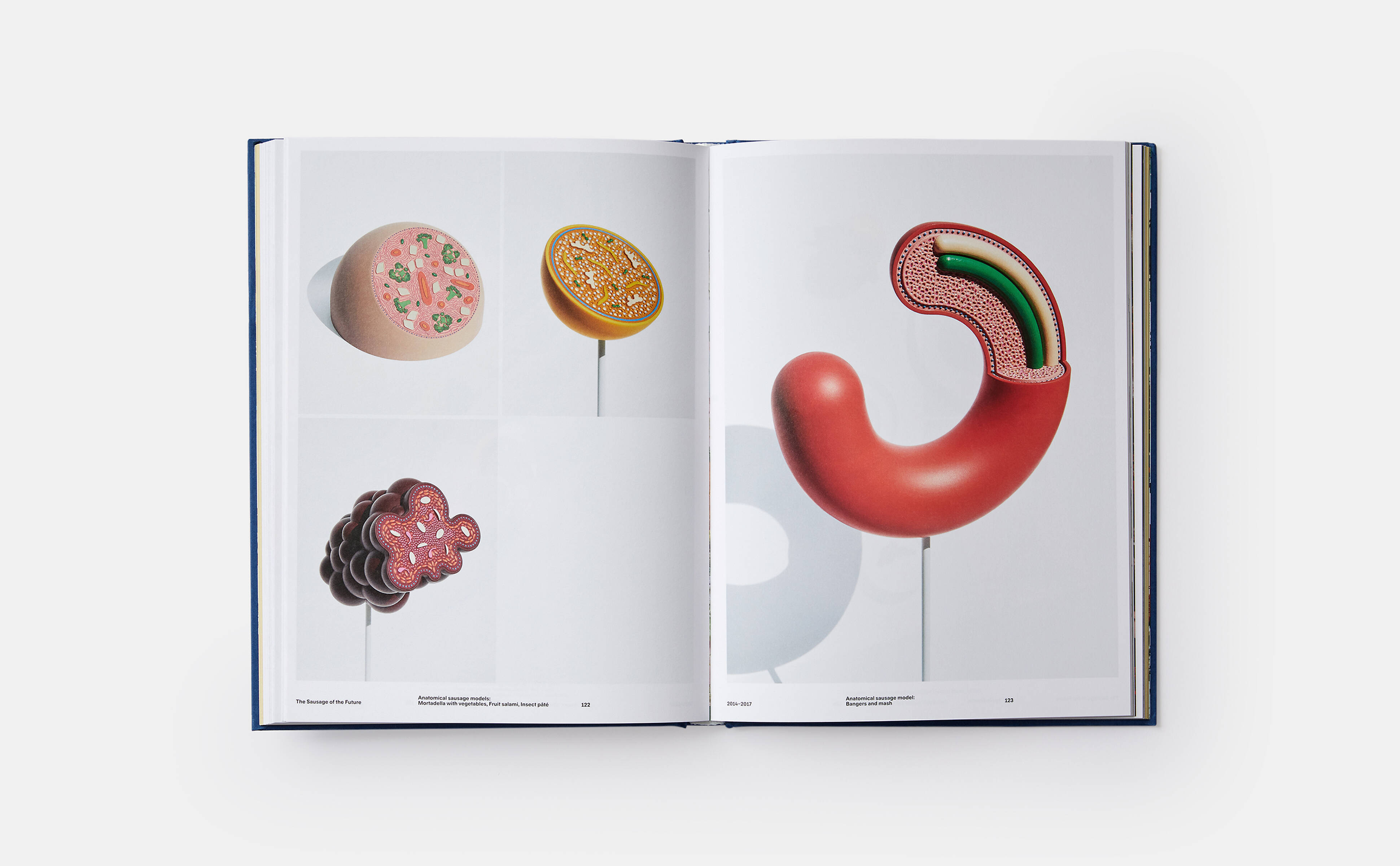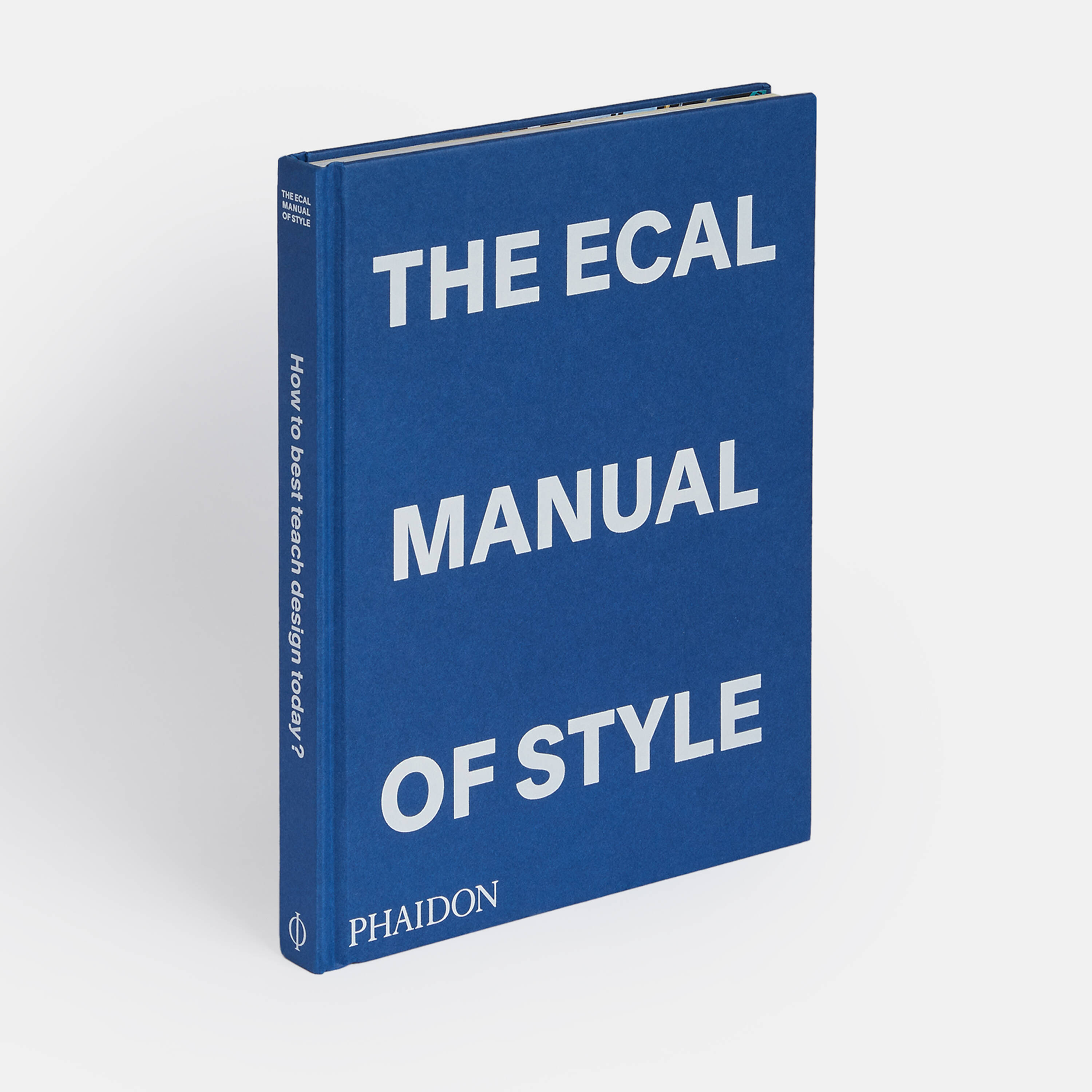
How one ECAL student future-proofed the sausage
Our new book on this seminal Swiss design school shows how contemporary creativity can be turned to almost anything
Laws are like sausages, the old saying goes: if you like them, it’s better not to see them being made. But this aphorism was something the food futurist, designer and École Cantonale d’Art de Lausanne alumna Carolien Niebling decided not to adhere to in any way, shape or form.
Niebling received her master’s degree in product design from École Cantonale d’Art de Lausanne, or ECAL, in 2014, and stayed on at this Swiss school as an instructor. Her work there culminated in her 2014–2017 project, The Sausage of the Future.
“Today, sausages remain a cornerstone of our food culture,” reasons Niebling in our new book, The ECAL Manual of Style. “England alone has over 470 different types of breakfast sausages, and in Germany there are even sausage laws, dictating specific rules for the making of sausages. Now, according to the Food and Agriculture Organization (FAO), we are facing a serious shortage of protein-rich food. Meat, in particular, will be scarce. One reason for this is over-consumption: in today’s world, we simply consume too many animal products. So, I wonder, can we look to sausages to provide a solution once again?”
Few designers would ever consider innovating such an apparently humdrum product as a sausage. But Niebling understood how the simple foodstuff could hold a huge range of contemporary nutritional alternatives. So, “in collaboration with the Dutch butcher Herman ter Weele and the Swiss molecular chef Gabriel Serero, Niebling made a series of innovative sausages, and a book outlining the sausage design, ingredients and techniques.”

The ECAL Manual of Style
Niebling’s concoctions included a carrot, apricot and coconut dried sausage; a berry, date and almond dried sausage; as well as insect salami and a mashed potato and pea purée sausage (pictured above). This final work combined delicate vegetable flavours with an apparently tasty pork sausage, reducing the meat quantity by 30%.
The link between climate change and meat consumption was unthought of when sausages were first created. The dish is, according to historians, at least 4,000 years old. However, the worldwide success of hotdogs, wieners and salamis, shows how effective design solutions can actually bring about new challenges as well as fix old ones.

Pages from the ECAL Manual of Style
“Designers used to see their job as being all about solving problems,” reasons the design critic and former director of The Design Museum, London, Deyan Sudjic OBE, in our new book. “Their primary method was to learn how to simplify everything. More often than not the result had unintended consequences. Henry Ford thought he was designing cheap transport for everyone when he made the Model T. Actually, he was designing the traffic jam."
“Teaching design now means equipping designers with the intellectual capacity to operate in a complex world that still allows for uncertainty and doubt,” Sudjic concludes. And that goes for the old bangers on our highways as well as the bangers on our plates.

For more from Sudjic and fellow thinkers, as well as from innovative designers such as Niebling, order a copy of The ECAL Manual of Style here.